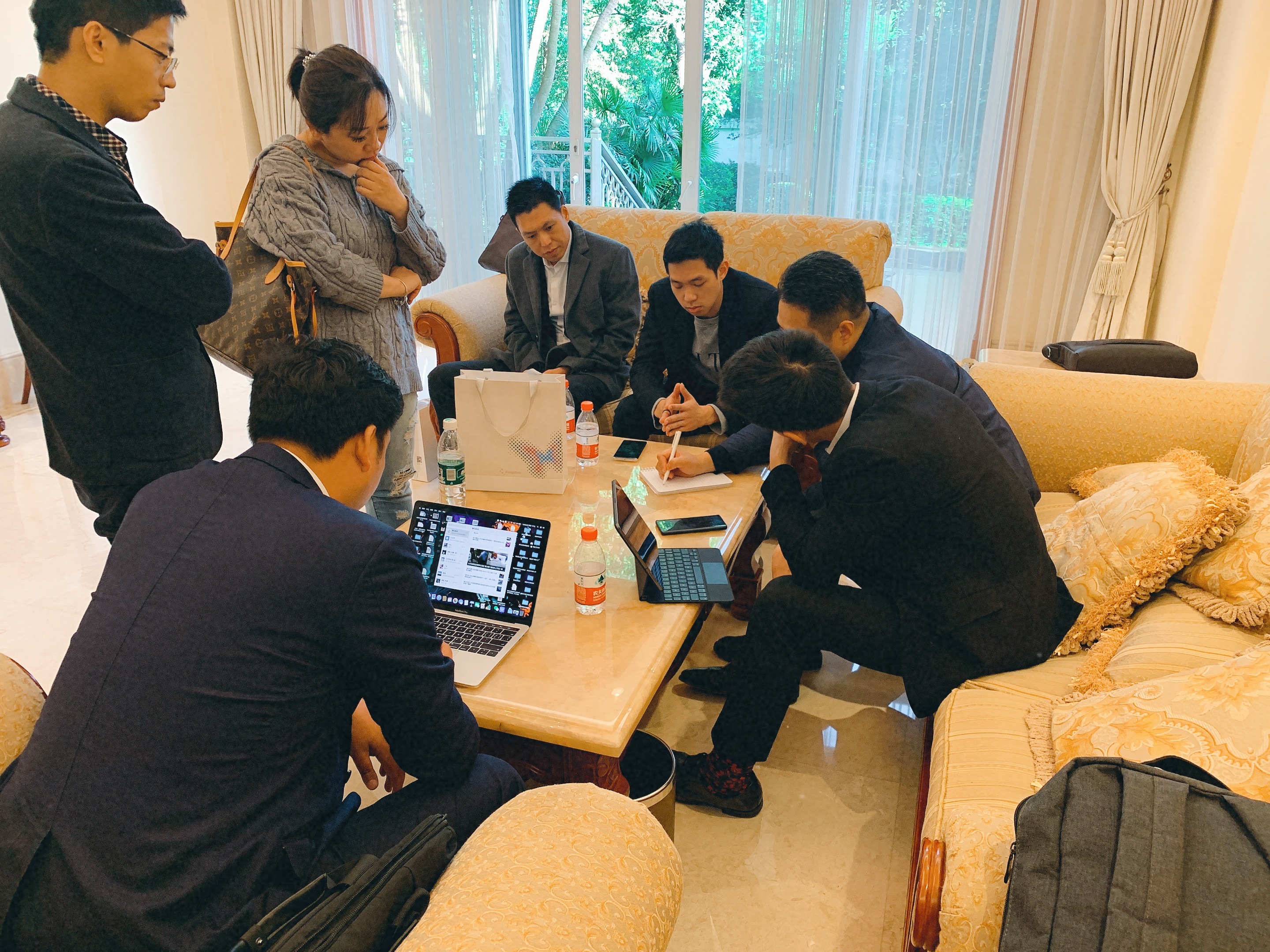Visualization and Real-Time Production
- Rocky Shi

- May 25, 2022
- 3 min read
Rocky Shi explained that data visualization has become the new normal, but how does it work? What does it mean for your business? This article will cover some of the key components of data visualization and real-time production. Let's start with the basics. The first step in data visualization is to add sensors to your critical machines. These sensors can monitor things like temperature, humidity, and even other parameters that are not always easily noticed by humans. If you use these sensors, you can improve your production efficiency.
The next step in data visualization is determining how critical an event is. You should consider whether an out-of-range sensor will be critical or not. Visualization will allow you to take action if it does. A critical event may disrupt the normal operation of a machine or make it unsafe for its operators. You should be able to tell if an out-of-range sensor is a cause for concern by comparing it with the historical average value of other sensors in the machine.
Once you have determined the purpose of your visualization, you need to think about how you want to interact with it. For example, do you want to analyze a set of data? How long should it take to refresh? What categories and measures should you include? Once you have defined these questions, you can begin the visualization process. Visualization is the key to making sense of data. You can then start to develop a strategy to implement it into your business.
Visualization and real-time production will change everything in storytelling. VFX and production are at the threshold of a seismic shift toward a real-time virtual environment. Affordable tools and game engines are already changing the creative workflows of creators on set. These new tools are only just beginning to be developed, but talks at conferences like GDC and SIGGRAPH prove that virtual collaboration is the future of real-time production.
Virtual production has many benefits for both filmmakers and creatives. For example, it allows actors to see and manipulate environments and shots without having to reshoot a scene. This also allows collaboration between teams, which are often secluded in one department. For example, virtual cameras and green screen live compositing are tools that help actors and producers visualize the set as it will appear in the camera. Further, virtual production allows for more rapid iteration.
Rocky Shi claims that another key advantage of real-time production is that it is easier to spot potential problems before they cause any damage. With visual details on the evolution of sensor data, machinery operators can quickly identify abnormalities and problems. Unfortunately, creating such visual details is not an easy task, since the sensors produce data in multiple magnitudes. The data is often too detailed, and the resulting visuals are overbearing. This is where neural networks come in handy.
In manufacturing, visualization platforms can help with these processes. By using enterprise-quality dashboards, managers can easily track and visualize key performance indicators. In addition, they can apply various statistical and analytical techniques to reduce dimensionality and noise. They can also be used in conjunction with the Internet of Things (IoT) to perform condition monitoring. This technology also supports the integration of machine learning algorithms to improve quality control and predictive maintenance.
Data visualization techniques are vital to the implementation of Industry 4.0. The challenge in implementing I4.0 is not only technical but also economic and cultural. It is essential that the benefits of effective data visualization be preserved as the industry undergoes change. The primary purpose of data visualization is to give users insight into the data. It is the key to understanding large datasets, and it is essential for manufacturing operations. As data volumes increase exponentially, visualization techniques must be updated to take full advantage of the data.
The opinion of Rocky Shi is sensors are a necessary part of IoT systems. Sensors that gather data on various parts of a product or process can help managers understand the dynamics of those parts. Data visualization tools can help improve a company's productivity by providing extra perspective over equipment and employees. By using location sensors, managers can view the movements of products or components. The information from these sensors can also be used for predictive maintenance. The technology is based on Bluetooth LE, which is a wireless communication technology.



Comments